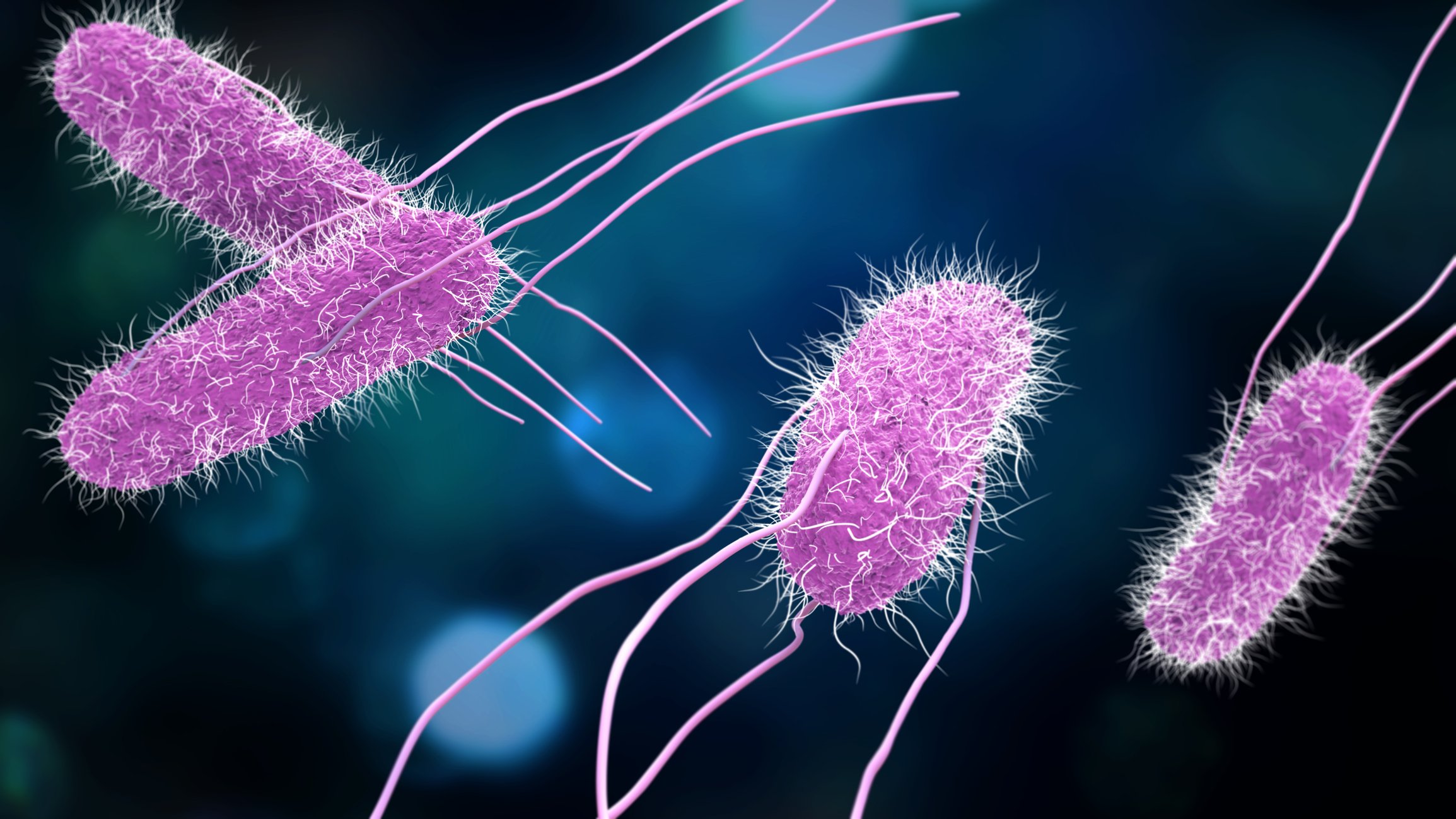Microorganism Contamination: the End of the Road?
17 Gen 2020

Small and seemingly insignificant as they may be, microorganisms can be a real bugbear in the lab, especially when sterile conditions are a top priority.
Weaseling their way into our lab water supply and jeopardizing any hope of Nobel prize-winning success. Yes, microorganisms can be the source of a multitude of misfortunes (unless of course you’re a microbiologist, in which case you may welcome them with open, albeit biohazard-protected, arms).
If you’ve found yourself cursing karma and asking the lab gods to look favorably upon your last-ditch attempt to generate the data you so desperately need – we thought we’d help you out! What are these little horrors? Where did they come from? How do you control them? Will their reign of terror ever end? Yes. Yes it will.
Mighty microorganisms
Microorganisms are found everywhere in our beautiful biosphere and include bacteria and a multitude of other taxonomically diverse microscopic beings. While there’s no denying that they are essential in ecosystems and biotechnological applications, bacteria can be a downright nuisance if they get into your water purification system: blocking filters, competing with substrates at enzymatic sites and ruining your experiments.
If that wasn’t enough, bacteria are also more than capable of producing an army of henchmen in the form of nucleases and endotoxins to do their dirty work for them. Nucleases have a nasty habit of nicking holes in target nucleic acids (such as DNA or RNA). Whereas endotoxins, which are lipopolysaccharides found in the outer membrane of Gram-negative bacteria, ruthlessly attack in vitro tissue cultures.
Sadly, there’s more. It’s been said that dynamite comes in small packages and bacteria are no exception. Left to their own devices, free-floating (planktonic) bacteria can explode in number, or rather amass, creating biofilms on surfaces. These can be difficult to remove and may go on developing for years to come. To add insult to injury, biofilms can release bursts of yet more bacteria, nucleases and endotoxins, as and when it pleases them. Bacteria may never want to leave their increasingly comfortable extracellular polysaccharide matrix surroundings with enhanced protection and nutrient supplies, but if and when they do, it can spell disaster for the purity of your H2O.
Clearly, the microorganism mafia are up to no good, causing lots of trouble in the laminar flow hood (and elsewhere). Preventative measures are necessary if you wish to avoid roving gangs of bacteria shaking down your samples. To help we’ve listed a few tried and tested technologies that you can use to purify your solutions, buffers and sample preparations.
Top Tech for Trumping Microbial Contamination
The microbial mob are a pretty persistent bunch and it can take a series of purification steps to generate water virtually free from them. Reverse osmosis and distillation are the first to take these on, but they need backup:
- Microfilters (0.2um) and ultra-microfilters (0.05um)
- Ultraviolet light
- Recirculation
All Together Now
Why use just one of these approaches, when you can combine them to even greater effect! In so doing you will also be preventing biofilm formation too.

